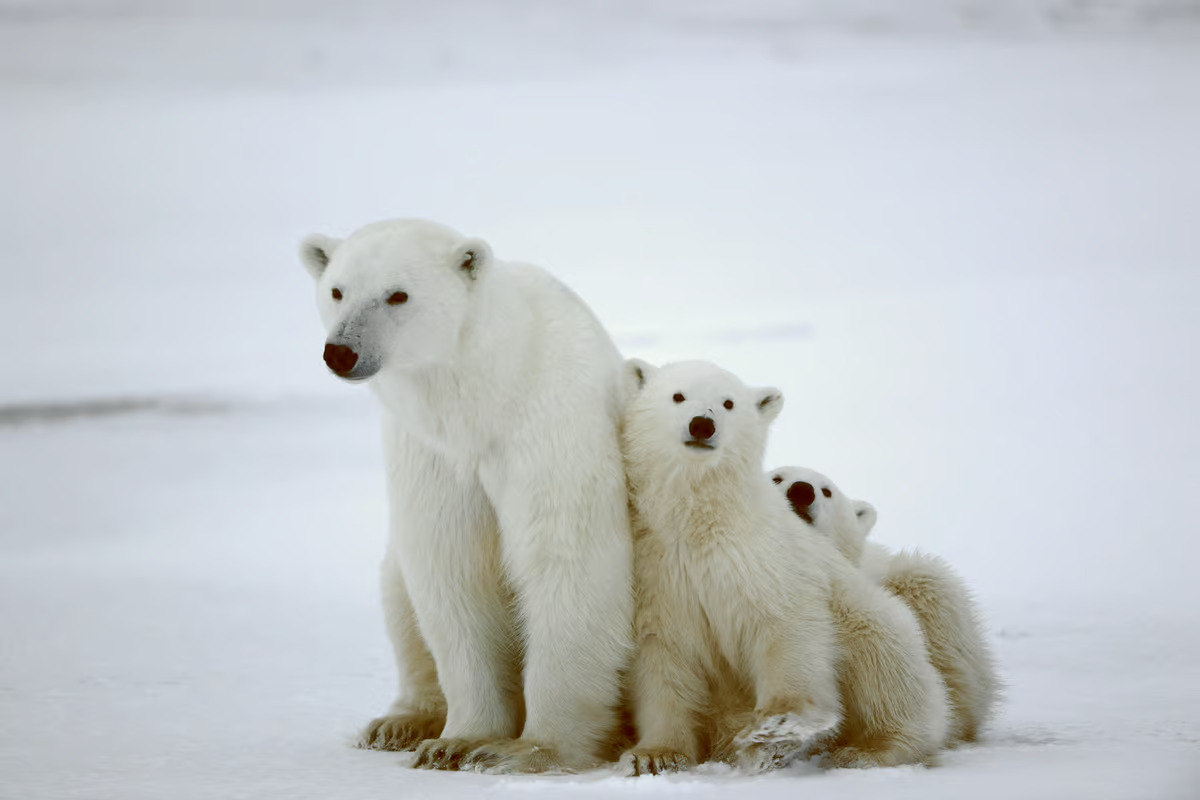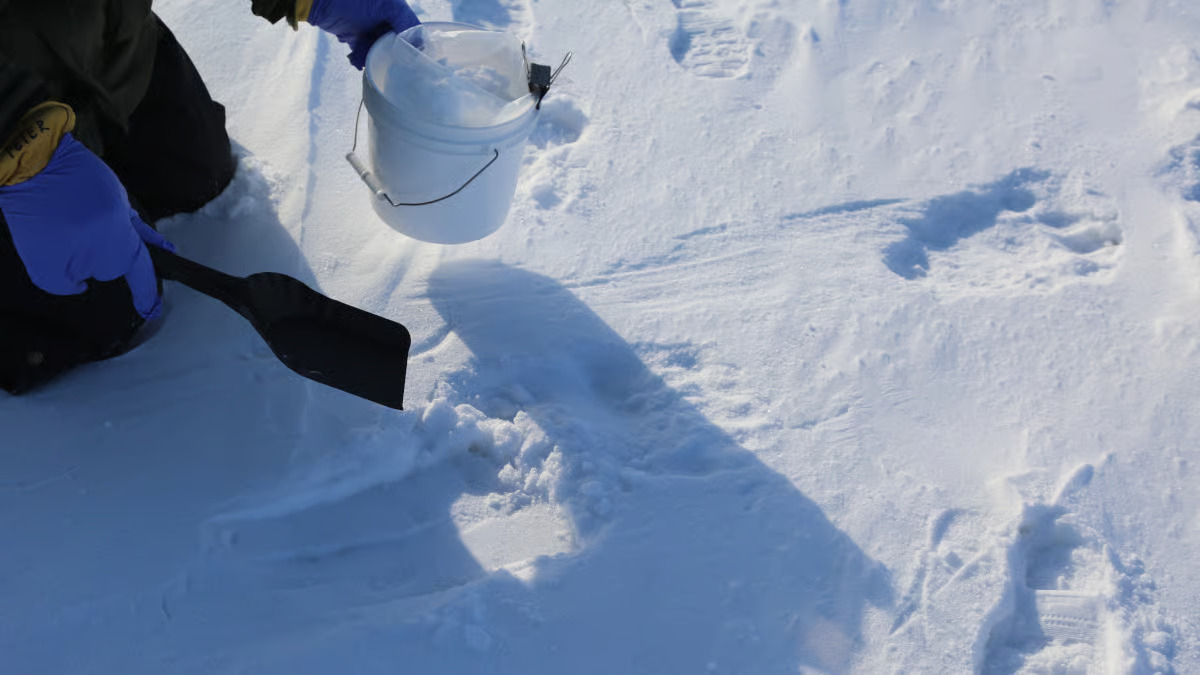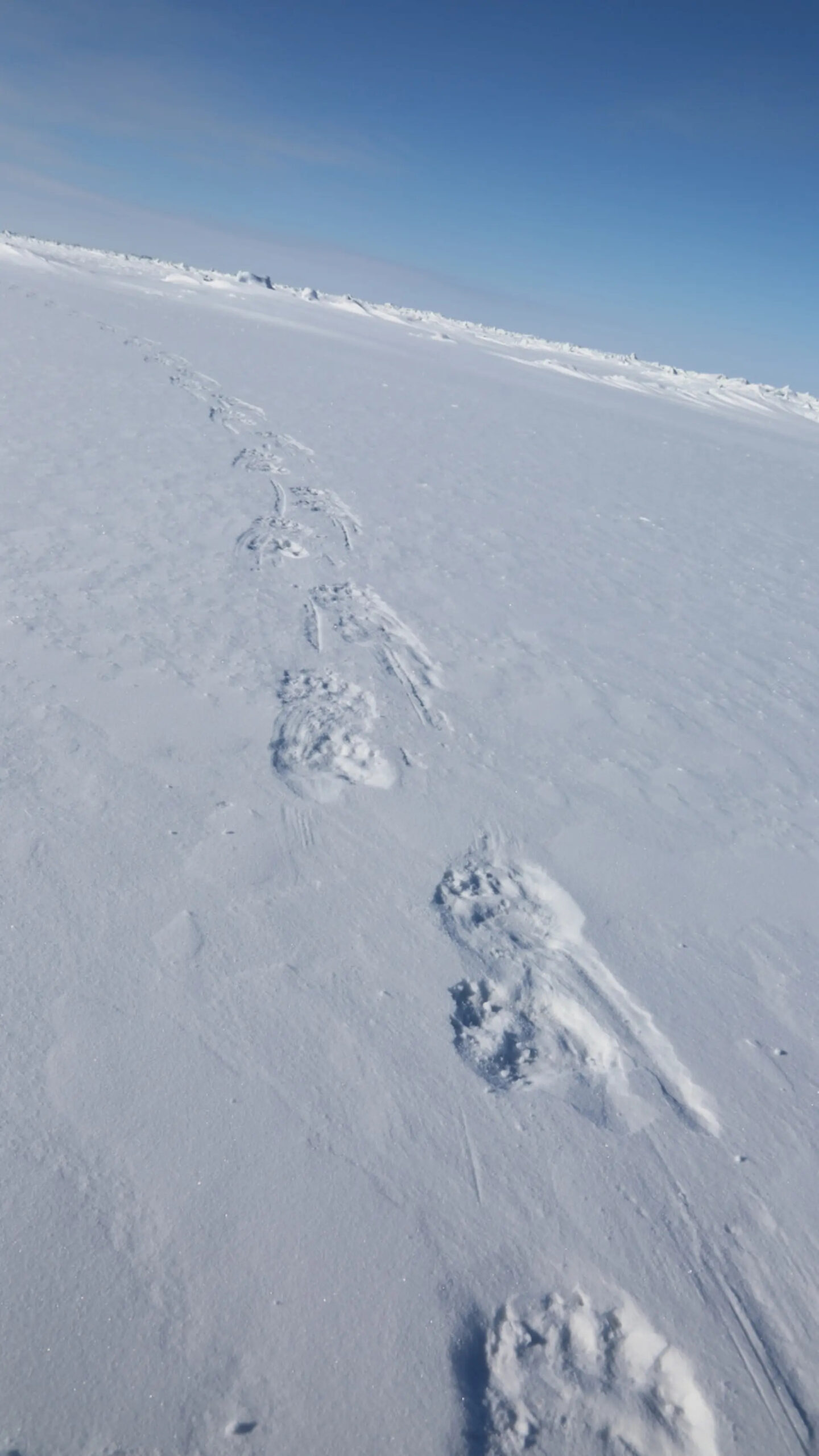 Scientists may soon be able to tell who’s in this family unit with only footprint detective work. Depositphotos View gallery – 3 images
Scientists may soon be able to tell who’s in this family unit with only footprint detective work. Depositphotos View gallery – 3 images
–
But the bears (Ursus maritimus) are notoriously hard to work with safely, due to extreme Arctic weather conditions and the vast amount of territory they cover, in some of the most remote areas of the world. To track them, the bears need to be sedated and fitted with devices, which is dangerous, expensive and invasive. Scientists have even resorted to trying to track them from space.
Now, in a world-first in polar bear studies, researchers out of the University of Idaho (UI) have harnessed the new frontier of environmental DNA, grabbing genetic material left behind in the animals’ paw prints. From this, they’ve not only been able to determine the species (the polar bear footprint is, admittedly, a bit of a giveaway), but determine the sex of the animal and even identify individuals if they’re known to scientists.
“To our knowledge, this is the first time that polar bears, or any other species, have been individually identified and sexed using environmental DNA collected from snow,” said JenniferAdams, UI researcher.

As the polar bear walks across the snow, it deposits microscopic epidermal material, transferred from paw to the ground. The team used trowels to scrape a thin layer of snow off these prints, then transported samples from Alaska to Moscow, Idaho, where the lab ran PCR tests to tease out the genetic information.
Unlike mitochondrial DNA (or mt-DNA), which is commonly used in conservation to identify species, the team was able to collect nuclear DNA (n-DNA), which allowed for further data such as a genetic profile of the animal and its sex. This is particularly crucial for researchers to make predictions surrounding reproduction and rebuilding populations.
Nonetheless, it was a small study – 15 snow samples, with two negative controls and 11 positive for DNA, which varied in quality – and e-DNA is notorious for suffering environmental degradation and disturbance.
The World Wide Fund for Nature (WWF) estimates that the Arctic has lost 13% of its ice cover every decade for the last three, and it’s unlikely to improve. Because of their specific diet and energy needs, it’s very unlikely the animals can adapt to life in a different environment without quickly starving to death.
 Polar bear footprints on the shorefast sea ice north of Utqiagvik, Alaska. Jennifer Adams
Polar bear footprints on the shorefast sea ice north of Utqiagvik, Alaska. Jennifer Adams
–
But while the bears still have some snow and ice to trek across, this paw-print monitoring gives scientists a new non-invasive, cost-effective and reasonably safe way to gain knowledge about polar bears without getting in their way.
The research was published in Frontiers in Conservation Science.
























